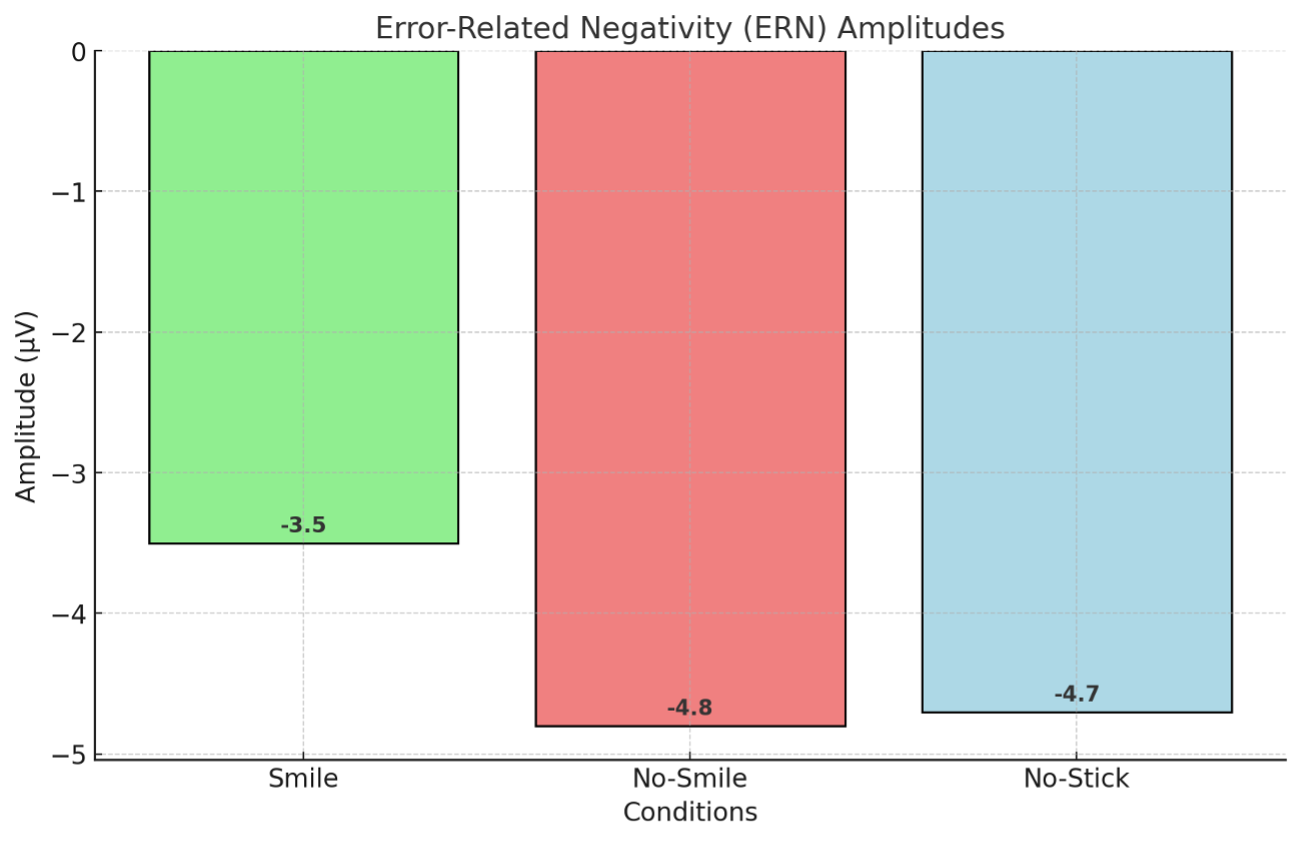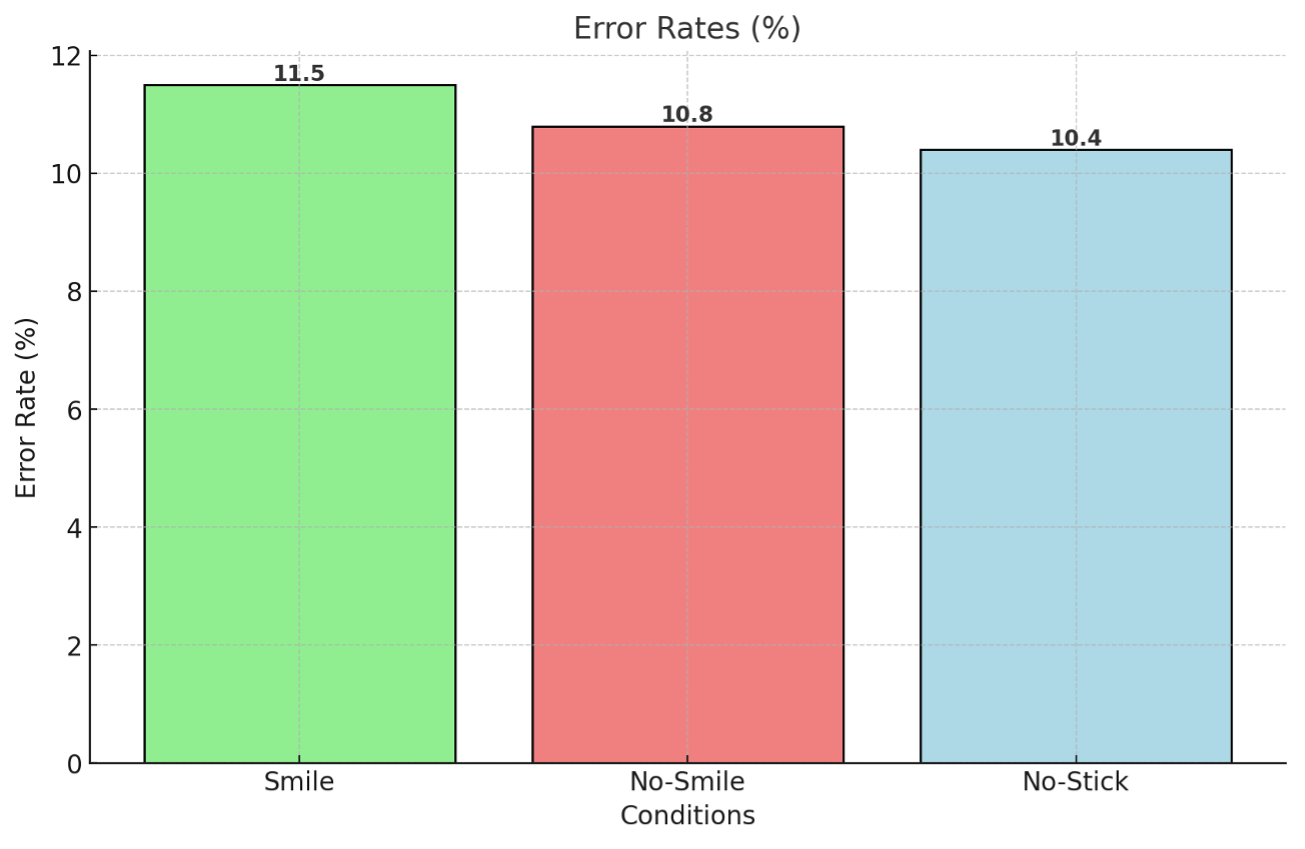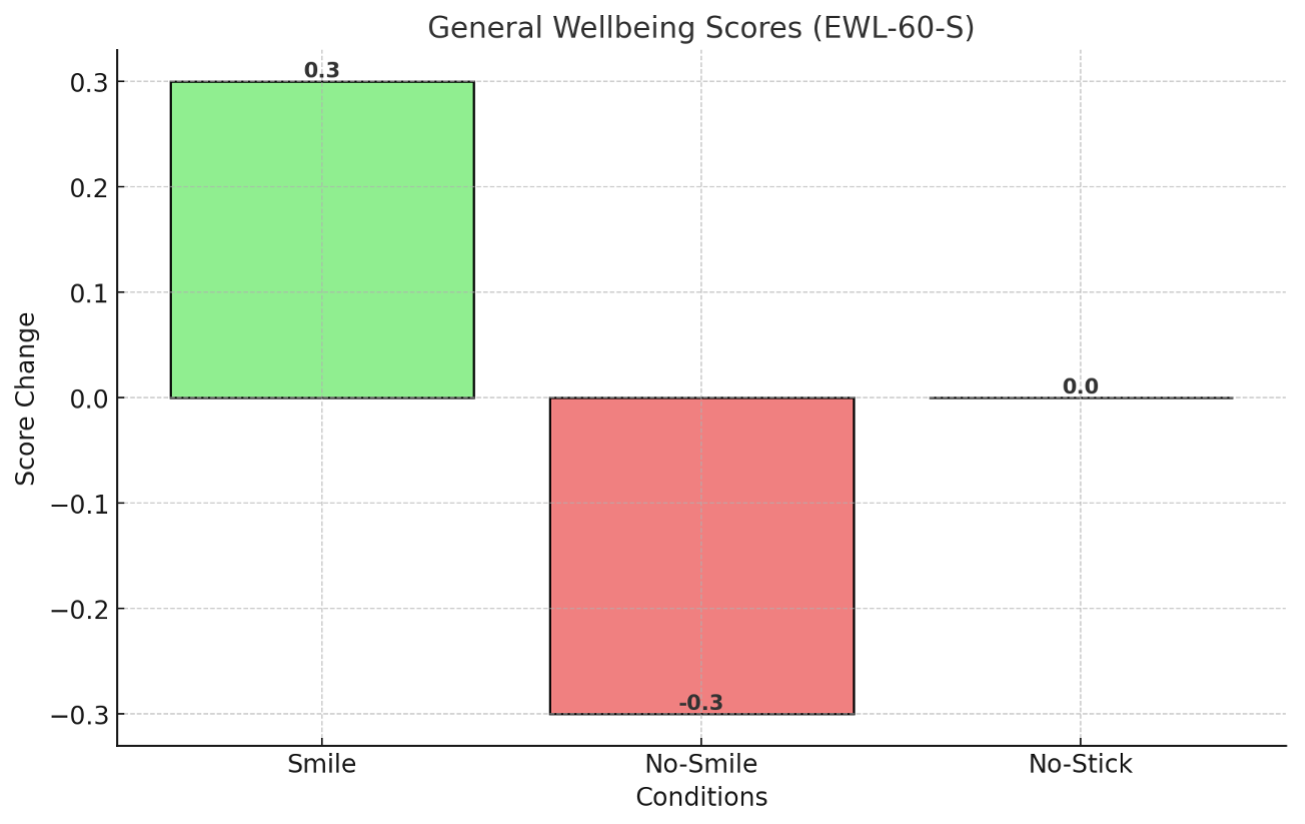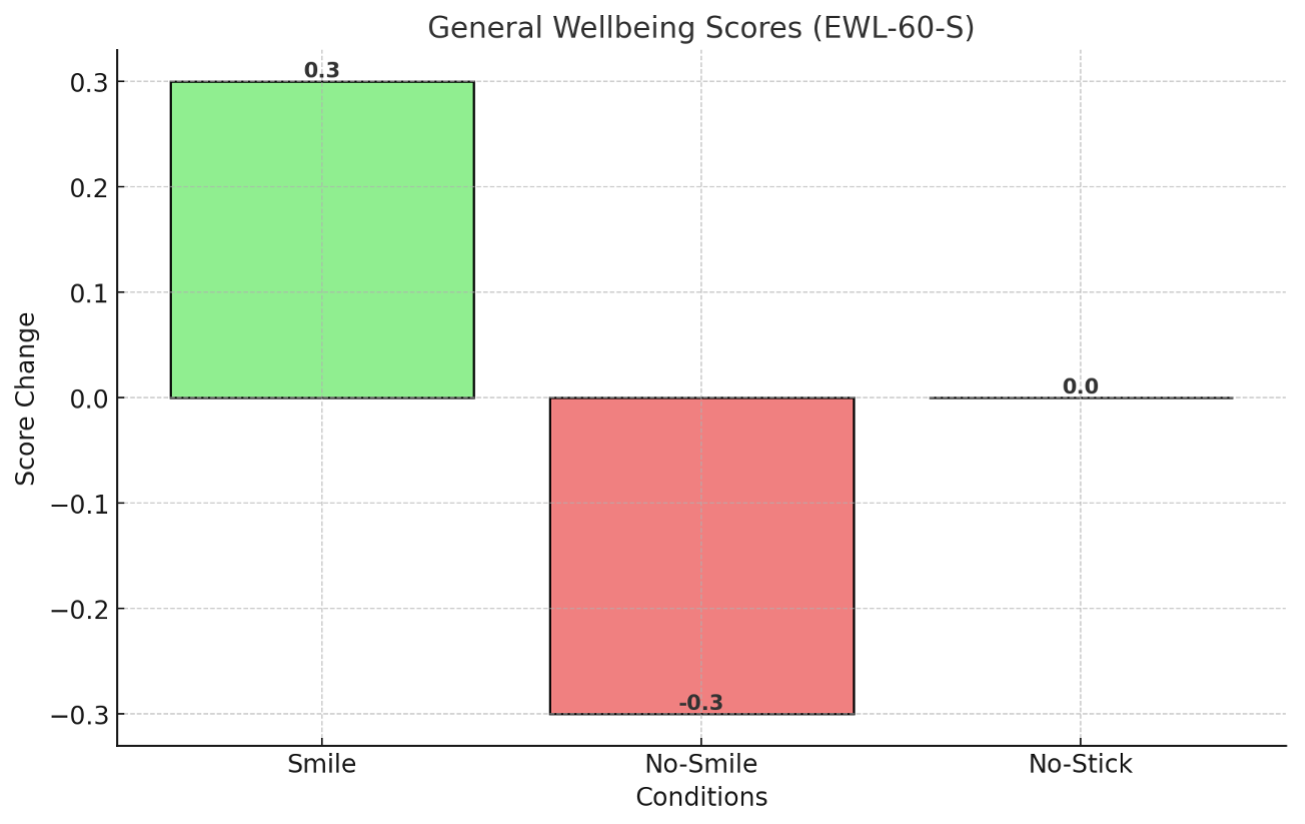
By assuming a facial expression of a body posture, the corresponding emotional state is induced. By just holding chopstick in between the teeth and stretching the smile muscles, leads to an increased dopamine release in the midbrain thus elevating positive mood.
Research Team and Institutions:
Authors: Daniel Wiswede, Thomas F. Münte, Ulrike M. Krämer, and Jascha Rüsseler.
Institutions: The research was conducted at the Otto-von-Guericke University Magdeburg and the University of Ulm in Germany.
When and Where:
The study was conducted and analyzed between 2008 and 2009 and published in PLoS ONE in June 2009.
Introduction :
How you position your body and face can directly influence how you feel, with your body playing a key role in creating emotions.
Body and Facial Postures Affect Emotions: When people take on specific body or facial postures, they tend to feel the emotion associated with that posture. For example, smiling can make you feel happier.
The “Chopstick " Experiment:Holding a chopstick in your teeth (which forces a smile) makes people find cartoons funnier.
Holding a chopstick with your lips (which prevents smiling) doesn't have the same effect.
Body Leads Emotion: These studies support the idea that emotions start in the body—like smiling muscles activating a "happy" response in the brain—rather than the other way around. This idea isn't new. William James, in 1884, suggested that emotions are created by physical reactions. For example, we feel sad because we cry, not the other way around.
Objectives:
The study aimed to investigate whether the embodiment of emotion—specifically, inducing a smile through facial expressions—can influence the neural processes associated with performance monitoring. Performance monitoring is a cognitive process that involves detecting and correcting errors, and it is heavily regulated by the dopaminergic system in the brain.
Study Design and Methods:
Participants:
The study involved a group of 22 female participants aged 17 to 28, all right-handed, with normal or corrected-to-normal vision. The focus on females was due to known gender differences in emotional processing.
Experimental Conditions:
Smile Condition: Participants held a chopstick horizontally between their teeth, which mimicked the facial muscles used for smiling.

No-Smile Condition: Participants held a chopstick vertically with their upper lip, which prevented smiling.

Control Condition (No-Stick): Participants performed the task without holding a chopstick.
Task:
Participants performed a choice reaction task known as the flanker task, which required them to respond quickly to visual stimuli while their brain activity was recorded using electroencephalography (EEG).
The task involved identifying a target letter in the middle of a string of five letters, with the surrounding (flanking) letters either matching or differing from the target.
Measurement:
The researchers focused on a specific brain signal called the Error-Related Negativity (ERN), an event-related potential (ERP) that occurs when people make mistakes. The ERN is thought to reflect the brain's detection of errors and is linked to the activity of the dopaminergic system.
Key Findings:
Impact of Induced Smile:
Participants in the smile condition showed a decrease in ERN amplitude compared to those in the no-smile and control conditions. This suggests that inducing a positive emotional state (through smiling) might reduce the brain's sensitivity to errors.
Error-Related Negativity (ERN) Amplitudes – Depicts the ERN amplitudes (in µV), with smaller amplitudes associated with the Smile condition.

The study found that positive affect, possibly due to increased dopaminergic activity, can modulate performance monitoring by reducing the neural response to errors.
Behavioral Results:
Participants in the smile condition also made more errors during the task compared to the no-smile and control conditions. This aligns with previous research suggesting that positive emotions might decrease the focus on avoiding errors and increase cognitive flexibility, leading to more mistakes but potentially more creative problem-solving.
Error Rates (%) – Displays the percentage of errors made under each condition.

Emotional State Confirmation:
In a separate sample, the effectiveness of the facial feedback (smiling) in inducing positive emotion was confirmed. Participants in the smile condition reported higher general well-being compared to those in the no-smile condition.
General Wellbeing Scores (EWL-60-S) – Shows the change in wellbeing scores for the three conditions: Smile, No-Smile, and No-Stick.

Here is the bar graph for the Anxiety Scale Scores (EWL-60-S)

Conclusion:
The study demonstrates that embodying emotions through facial expressions, like smiling, can influence cognitive processes related to performance monitoring. By inducing a smile, participants experienced a mild positive affect that led to decreased brain sensitivity to errors.
This suggests that our emotional state, even when subtly induced, can significantly impact how we process and respond to mistakes. The findings contribute to the broader understanding of how emotions and cognitive processes are interconnected and how the brain's error-monitoring system can be influenced by positive emotional states.
Please click on the link to get the original research aritlce https://tinyurl.com/2x86d247


